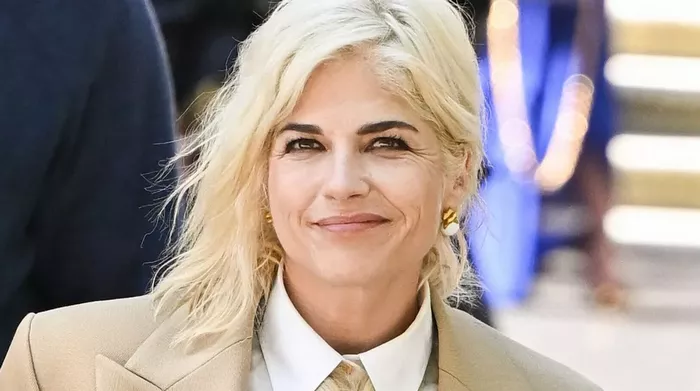Chemotherapy is one of the most effective treatments for cancer, but it often comes with a range of side effects, including hair loss. While some patients may begin to see hair regrowth within four to six weeks after completing treatment, the timeline varies for each individual. Hair loss during chemotherapy is a common issue, and many people lose some or all of their hair during this period.
Understanding Chemotherapy-Induced Hair Loss
Chemotherapy-induced hair loss, also known as anagen effluvium, occurs during the growth phase of the hair cycle. According to Dr. Viral Desai, a board-certified cosmetic plastic and hair transplant surgeon, chemotherapy drugs such as anthracyclines, taxanes, and alkylating agents target rapidly dividing cancer cells. Unfortunately, these drugs also affect healthy, fast-growing cells like hair follicles, resulting in hair shedding that typically begins two to three weeks after starting chemotherapy.
While hair loss from chemotherapy is usually temporary and regrowth typically begins once treatment concludes, it can still have a significant emotional impact on patients. The timeline for hair regrowth varies from person to person, with some people noticing new hair growth within weeks, while others may take longer to see results.
Hair Regrowth After Chemotherapy
In general, most patients will begin to notice fine, fuzzy hair growing back within a few weeks after their last chemotherapy treatment. Although longer-term hair loss can occur, permanent hair loss is extremely rare. Dr. Desai notes that full regrowth of hair to its pre-chemo thickness and texture typically takes anywhere from six to 12 months.
Here’s a general timeline of what most people can expect after chemotherapy:
3 to 4 weeks: Light, fuzzy hair begins to form.
4 to 6 weeks: Thicker hair starts growing.
2 to 3 months: An inch of hair may have grown.
3 to 6 months: Two to three inches of hair may have grown, covering bald patches. Those with shorter hair may be able to return to their original style.
12 months: Hair may have grown 4 to 6 inches and be long enough to brush or style.
Changes in Hair Texture and Color
Many patients notice changes in the texture and color of their hair as it regrows. It may grow back thicker or finer than before, and some individuals may experience curlier hair. Initially, the hair may be lighter in color, but over time, it usually returns to its natural shade. It’s also common for hair follicles to enter the active growth phase at different times, leading to uneven hair length. This can cause the hair to look patchy and make styling more difficult, though the growth pattern typically evens out as time goes on. However, the texture may differ from pre-treatment hair.
Hair Growth After Immunotherapy
Immunotherapy, which boosts the body’s immune system to fight cancer, is another cancer treatment that may lead to hair loss, though it’s less common than with chemotherapy. Hair loss from immunotherapy can occur, particularly in patients receiving checkpoint inhibitors or certain monoclonal antibodies. This type of hair loss is often the result of immune-related side effects, where the immune system mistakenly attacks normal cells, including those in the hair follicles. The regrowth timeline after immunotherapy is similar to that of chemotherapy.
Tips to Stimulate Hair Growth After Cancer Treatment
While waiting for your hair to regrow, there are several steps you can take to support healthy hair growth:
Use gentle, mild shampoos and conditioners to avoid damaging delicate hair.
Brush your hair gently, especially in the early stages of growth, to prevent further hair loss.
Eat a balanced diet rich in vitamins, minerals, biotin, zinc, and protein to encourage hair regrowth.
Wear a hat or scarf to protect your scalp from sun damage.
Consider regular scalp massages to improve blood circulation and support hair follicle health.
Hair regrowth after cancer treatment is a gradual process, and the timeline varies for each individual. However, with proper care and patience, most patients will see their hair return to its natural fullness and texture over time.
Related topics:
- Nutritionist Shares Key Nutrients to Combat Postpartum Hair Loss
- Study Investigates Possible Link Between Ozempic and Hair Loss
- Study Links Wegovy to Increased Risk of Hair Loss


